How to grow spinach in your garden step by step: Complete guide
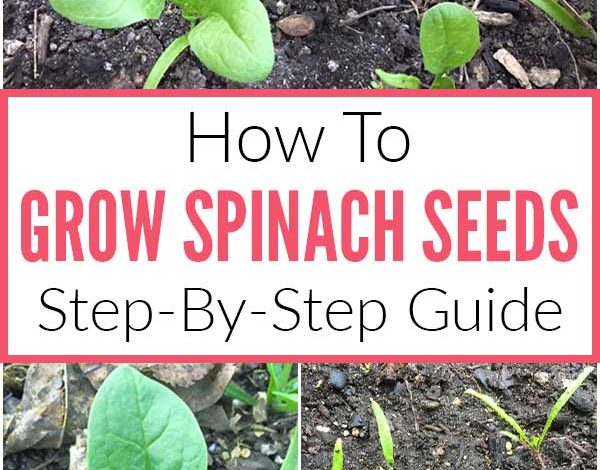
Spinach (Spinacia oleracea) is an annual plant of the Amaranthaceae family.Its cultivation is carried out practically throughout the year and can be consumed in many ways: fresh, in salads, cooked, fried… It is rich in vitamins A and E, iodine and several antioxidants, which is why it is highly appreciated for its high value. nutritious in general and its vitamin richness in particular, although it contains oxalic acid, which means that it should be consumed in moderation. It was introduced in Europe around the year 1000 from Asian regions, probably from Persia. It began to spread and crops were established for its exploitation mainly in Holland, England and France.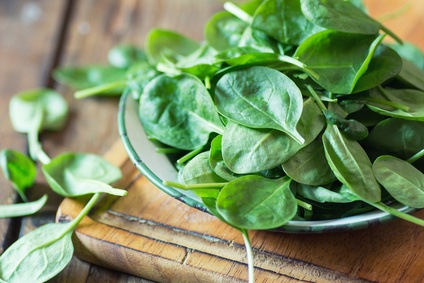
Growing spinach: Soil and climate requirements for
Temperature
They withstand temperatures below 0ºC; however, if they persist too long they can cause foliar damage and stop crop development. The minimum temperature for the plant to continue its growth is 5 ºC.
As the hours of sunshine lengthen and temperatures rise above 15ºC, the plant will begin to emit flowers, which does not interest us, since the plant spends nutrients on forming flowers and less on developing its vegetative part, which is what we are really going to to collect, so the yield is reduced with high temperatures and a long photoperiod (hours of light). Excess heat makes them bitter to taste.
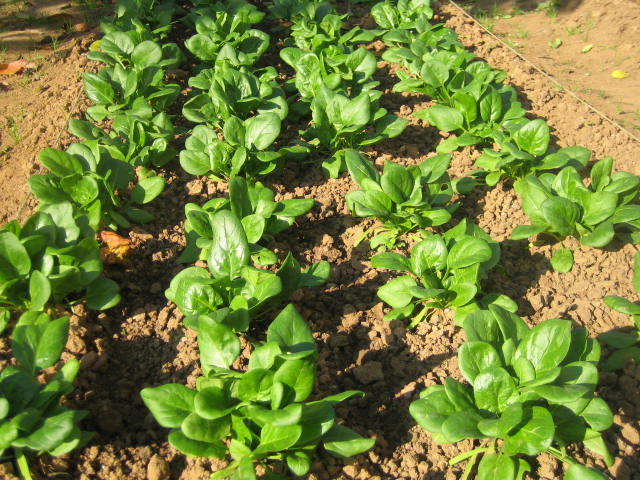
water requirements
Irregular rains are detrimental to good production, as well as droughts, since they cause rapid flowering, which prevents the leaves from developing correctly, especially when the conditions mentioned above are favorable for it. That is why irrigation will be necessary when temperatures are high and days are long, that is, in spring and summer.
I usually
Spinach is a relatively demanding crop in terms of soil. They like soils that are rich and balanced in nutrients, deep, with good structure, neutral pH, and loamy, that is, neither too clayey nor too sandy. They also prefer the soil to be slightly moist, but do not tolerate waterlogging. They need organic matter and above all Nitrogen, as it is very important for the development of the leaf. Despite all this, it can grow in other types of soil, but as long as they have a good amount of organic matter, as it provides nutrients and especially nitrogen, so it is very important to add our compost to the soil.
How to plant spinach
The sowing carried out at the end of the summer allows the harvest to be carried out at the beginning of winter, although if the weather is very cold the harvest can be delayed until spring. At the end of winter we can sow again, although, this time, the harvest will be harvested earlier, approximately two months later. To obtain staggered production, sowings can be made every 20 days.
To sow, the ground must be moist and tilled. To facilitate both the plowing of the land and to carry out a more precise sowing, in organic farming we can use manual implements. The seed is deposited 1 or 2 cm deep, and at a distance of about 30 cm between rows and about 10 cm between plants. These distances can vary, although it is true that weed control is much more efficient at higher planting density.
Care must be taken with the temperatures during the germination season, since with temperatures greater than 26ºC, germination is inhibited, so it is recommended not to grow it in summer, although if you want to have spinach at this time, you can look for varieties adapted to heat.
watering the spinach
It is very good for spinach that the substrate is moist, especially when temperatures begin to rise. Therefore, frequent watering is recommended to keep the soil moist but without flooding it, to prevent root rot. It is very important that the supply of water is regular, since, otherwise, the elevation of the stem and the emission of flowers is favored, which, as we have said, does not interest us.
When to harvest spinach
It is important that it is not done after watering, since in this case, the leaves, being more turgid, break very easily. In ecological orchards, it is normal to carry out a manual harvest. In that case, the most developed leaves of the spinach should be cut, giving several passes to the crop, and allowing the smallest ones to grow; although we can also uproot the entire plant.
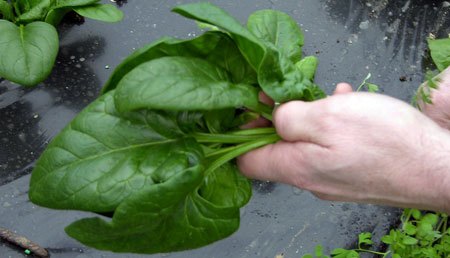
Popeye, iron and spinach
A widespread myth about spinach is that it is very rich in iron. In fact, in the Popeye cartoons, he ate a can of spinach that gave him supernatural strength. However, this is not entirely true. Other edible plants contain similar or even higher levels of iron than spinach, such as parsley, sesame seeds, Swiss chard, collard greens, cabbage, and most dark green leafy vegetables in general.
In fact, the iron in spinach is not well absorbed because it contains oxalic acid, which makes it insoluble. The origin of this mistake is in an error by the scientist E. Von Wolf (1870), who multiplied by 10 the amount of iron by misplacing a comma.
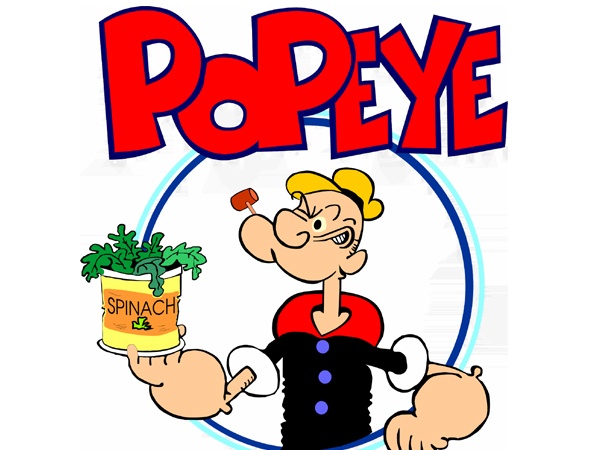
In any case, although they do not have as much iron as is believed and it is not easily assimilated, spinach is still a highly recommended food, due to its high nutritional level. I hope it has been helpful to you and that soon you start planting spinach in your gardens!

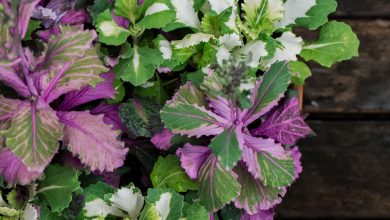
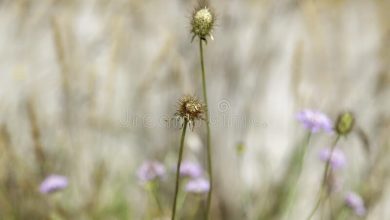
![Photo of Hydrangeas Care: [Soil, Humidity, Pruning and Problems]](https://www.complete-gardening.com/wp-content/uploads/2022/08/hydrangeas-care-soil-humidity-pruning-and-problems-390x220.png)
![Photo of The [15 Best] Durable and Hardy Houseplants](https://www.complete-gardening.com/wp-content/uploads/2022/08/the-15-best-durable-and-hardy-houseplants-390x220.jpg)